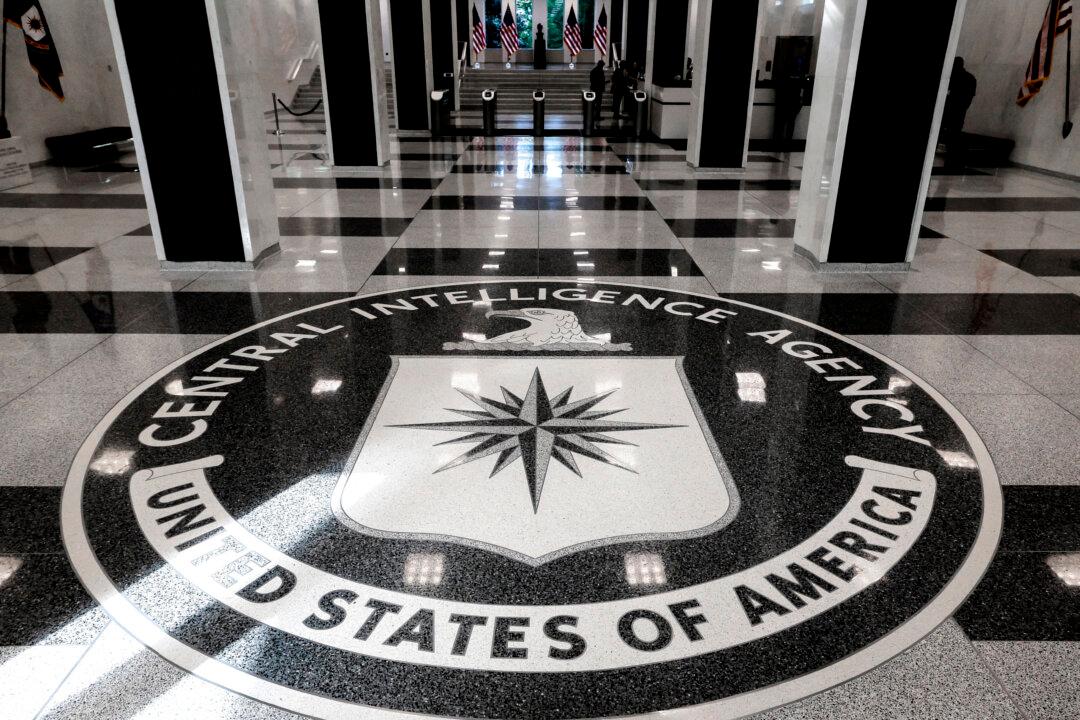Trump Signs Orders Ending DEI in University Accreditation, Requiring Foreign Gift Disclosure
The list includes foreign donation disclosure requirements at universities and an end to ’restorative justice' practices in public schools.
Trump: US Actively Talking to China for a ‘Fair Deal’
President Donald Trump says the United States is actively talking to China to get a fair trade deal.

A Triumph in Wood: Sweden’s ‘St. George and the Dragon’
Stockholm Cathedral’s ‘St. George and the Dragon’ oak sculpture depicts the eternal battle of good and evil.

‘Eric LaRue’: A Mother’s Healing Journey
‘Eric LaRue’ should be chased with documentaries ‘I Am Living Proof’ and ‘The Work’; soul healing is available in both religious and non-religious settings.

New Biography Unearths a Grand View of a Baseball Great
Alan D. Gaff has discovered some of baseball’s most important lost works in ‘Baseball’s First Superstar.’
Most Read
Top Stories
Trump Admin Intervenes in Case of Illegal Immigrant Convicted of DUI Deaths in California
The Mexican was convicted of killing a young California couple while he was driving intoxicated in 2021.
DOJ Brings First Terrorism Charges Against Alleged Venezuelan Gang Member
The landmark case is the first time the Justice Department has indicted an alleged member of the Tren de Aragua gang on terrorism charges.
Trump Admin Sued by a Dozen States in US Trade Court Over Tariffs
The lawsuit is the latest legal challenge against the tariffs.
Everything We Know About El Salvador Deportee Abrego Garcia
The Trump administration has defended its decision to deport the man at the center of the nation’s most-debated immigration case so far this year.
In Trade War, China’s Chokehold on US Medicine Moves Into Spotlight
China’s iron grip on supply of critical drug ingredients has been years in the making, driven by Beijing’s strategic plan to dominate the pharma industry
Trump Considering Auto Tariff Exemptions, White House Confirms
The White House has confirmed that tariff exemptions for automakers are being considered, amid concerns over their economic impact.
▶Persecuted in China, Young Shen Yun Artists Find New Meaning on the World Stage
Stories of persecution and resilience behind the performing arts company that’s become a global sensation.
Beijing’s Cyberattack Allegation Against NSA Adds to Signs of US–China Decoupling: Analysts
After raising tariffs on U.S. products and warning citizens to rethink U.S. travel plans, Beijing accused a U.S. government agency of hacking infrastructure.
US Has Spoken to 90 Countries on Trade, Tariffs: Commerce Secretary
‘They all want to make deals,’ President Trump said. ‘But they’re going to be fair deals. They’re not going to be rip-off deals.’
Boeing Narrows Losses on Strong Sales, Confirms China Halted Deliveries
Robust production and delivery of new commercial aircraft boosted the company’s first-quarter performance.
US Manufacturing Shows Signs of Improvement as Factory Output, Orders Tick Higher
Factory activity improved in April while price pressures and uncertainty related to the Trump administration’s trade policies weigh on the outlook.
Day in Photos: Torch March in Yerevan, Wildfire in New Jersey, and Largest Strawberry Cake
A look into the world through the lens of photography.
3 Chinese Nationals Sentenced Over Gift Card Fraud Scheme
The trio capitalized on the money from the scheme to buy and ship Apple products to China.
▶Member of Alberta Legislative Assembly Inspired by Shen Yun’s Message: Traditional Values Still Shine
On the evening of April 17, Alberta Member of the Legislative Assembly Eric Bouchard and his wife Roxanne attended the final performance put on by Shen Yun.
Supreme Court Seems Inclined to Let Energy Companies Sue California Over Emissions Rules
A federal appeals court previously halted the lawsuit, saying the companies had no right to sue.
Homeland Security Announces DOGE Overhaul of Immigration Database
The change is designed to prevent abuse of ‘outdated systems’ by illegal immigrants, according to the DHS.
FBI: Losses From Internet Crime Surged 33 Percent in 2024, Topping $16 Billion
Phishing, extortion, and data breaches led complaint volume, with older adults especially hit hard.
IMF Predicts US Fiscal Deficit to Shrink in 2025 Due to Tariffs
The United States incurred a $1.8 trillion national deficit in fiscal year 2024, the largest this century except for in 2020 and 2021.
Fed’s Kugler: No Rate Cuts in Sight as Inflation, Tariffs Fuel Uncertainty
Federal Reserve Gov. Adriana Kugler said the Fed should keep rates steady as inflation remains elevated and new tariffs raise fresh risks.
Traditional Cooking Fats Are Making a Comeback—Here’s How to Cook With Them
From butter to lard to tallow, modern cooks are rediscovering the flavor, nutrition, and health benefits of these old-school fats.
Special Coverage
Special Coverage









































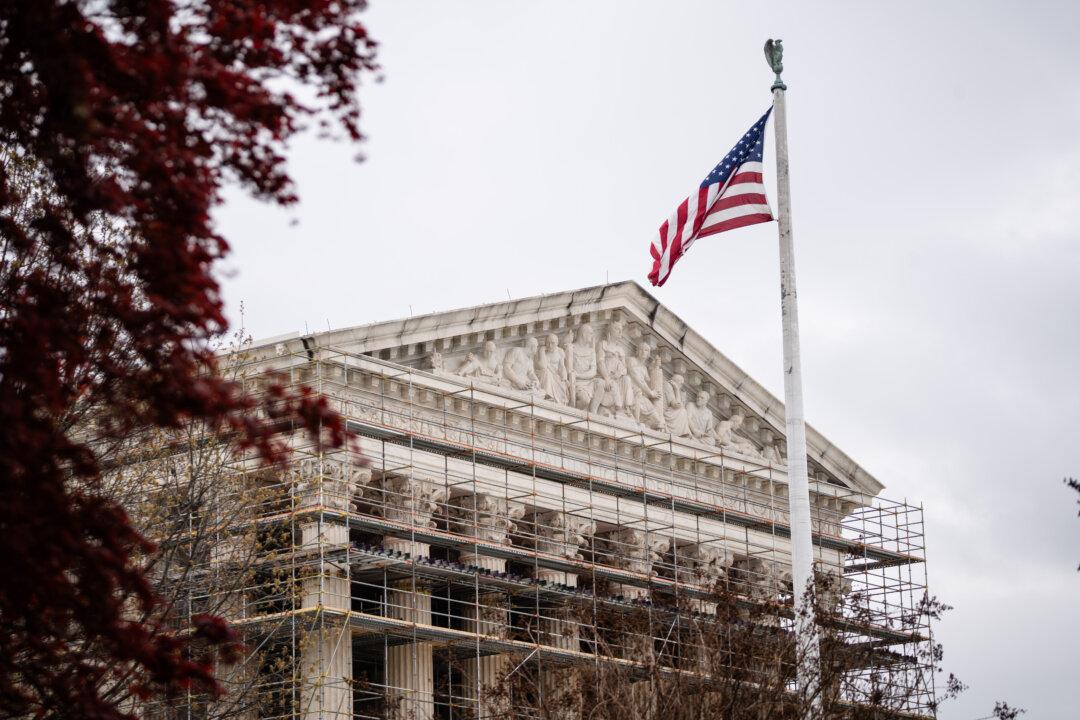
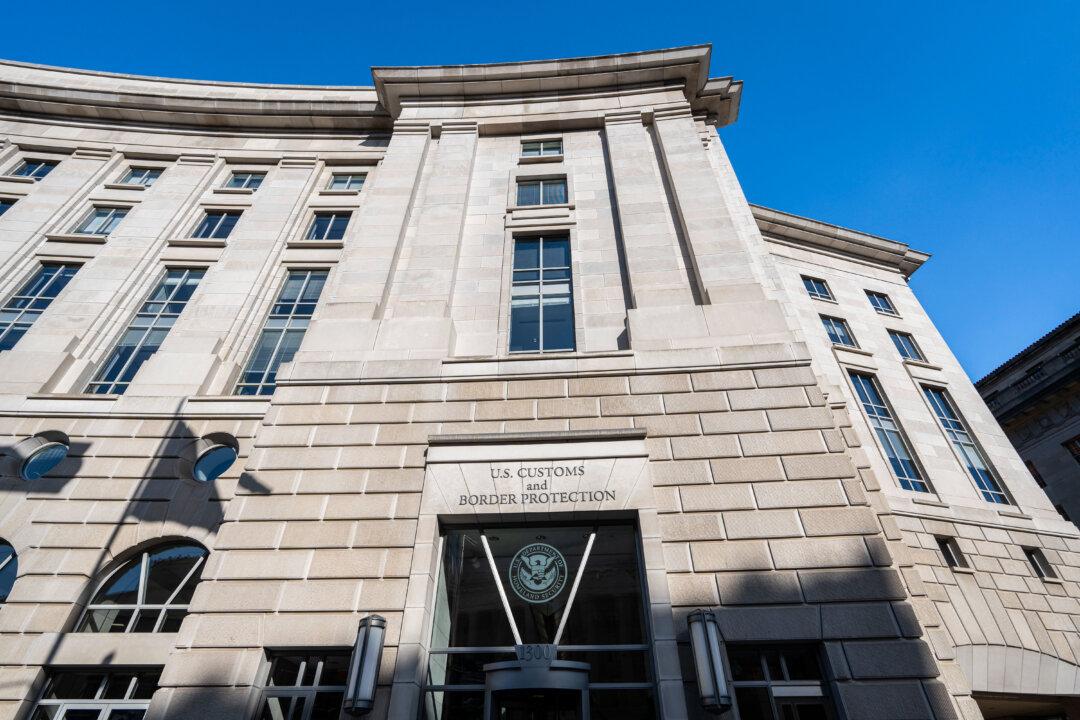



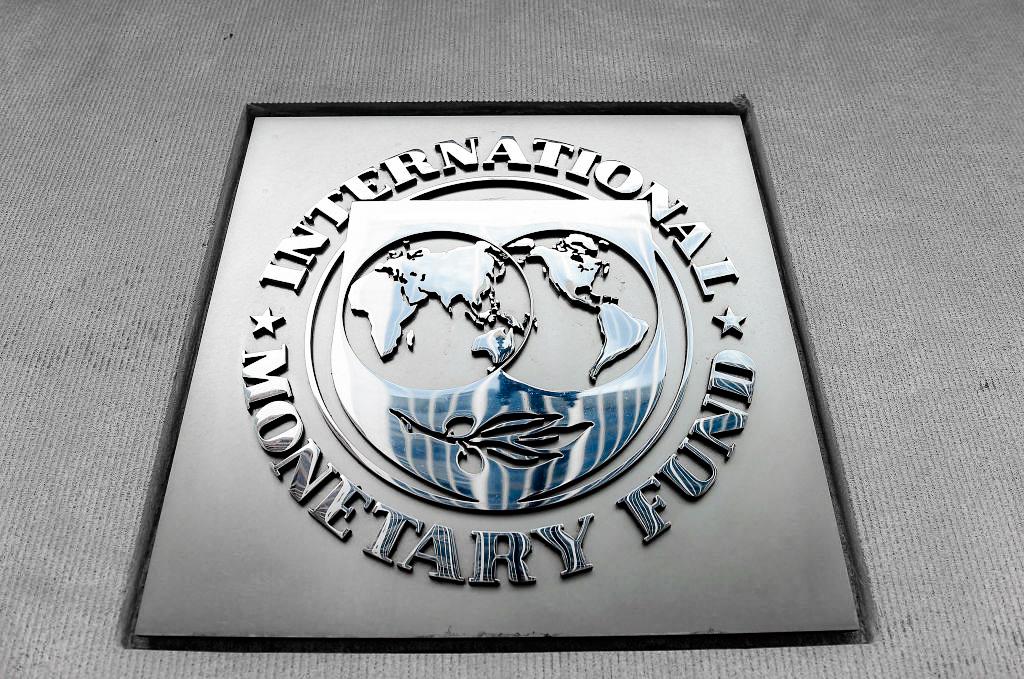



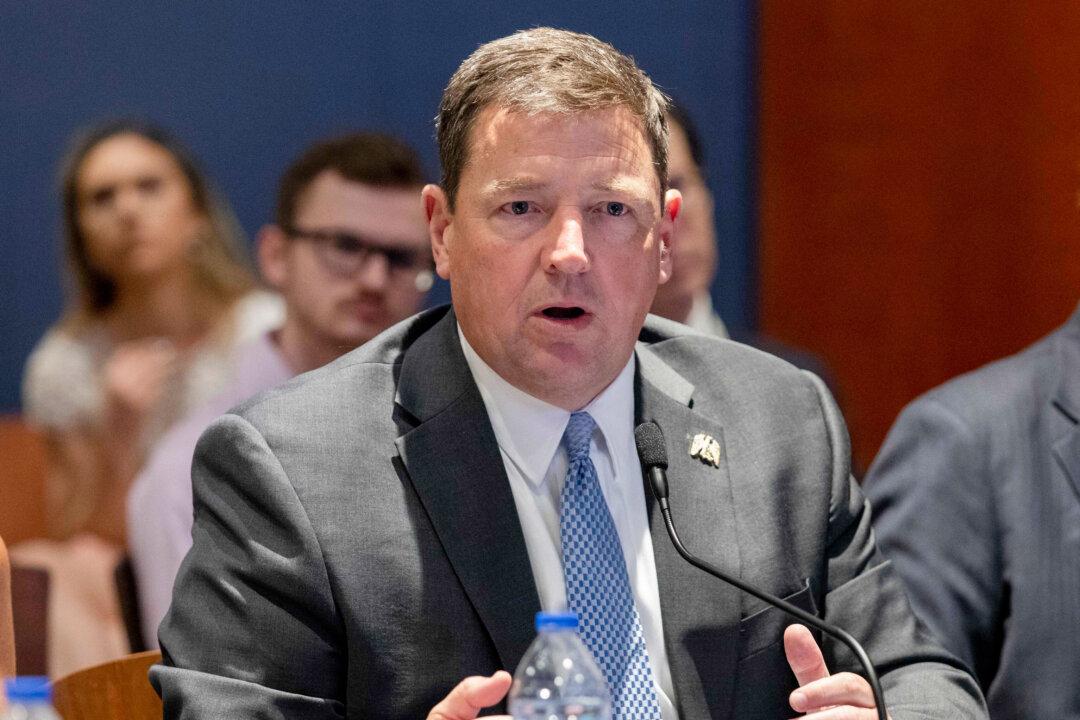


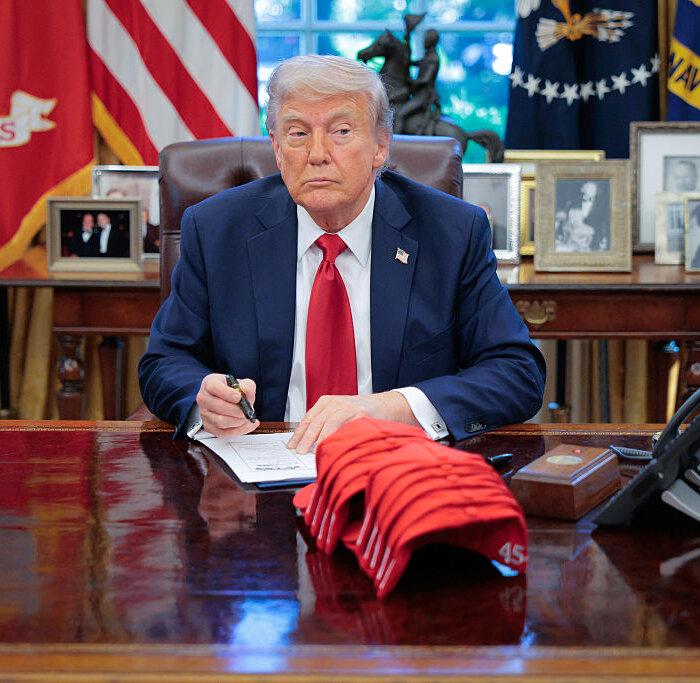



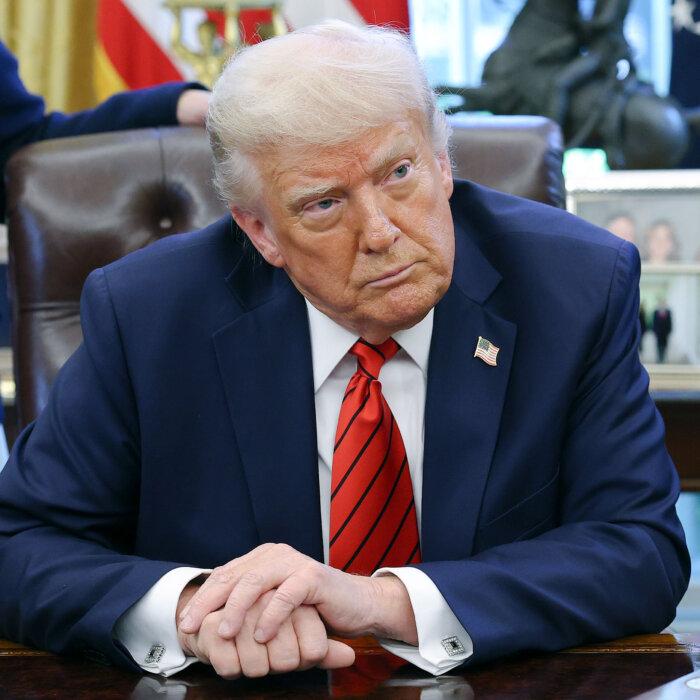


![[LIVE Q&A 04/24 at 10:30AM ET] ‘New Media’ Clash With Legacy Outlets at White House | Live With Josh](https://www.theepochtimes.com/_next/image?url=https%3A%2F%2Fimg.theepochtimes.com%2Fassets%2Fuploads%2F2025%2F04%2F23%2Fid5846594-042425_REC-600x338.jpg&w=1200&q=75)




